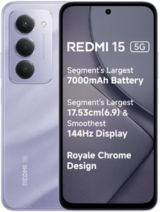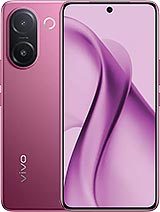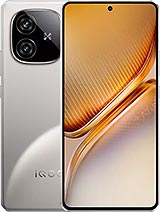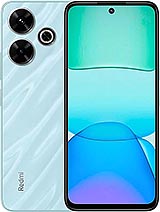Redmi 13 alternatives
Tap above to see alternatives.
Vivo Y300 Plus alternatives
Tap above to see alternatives.
Vivo Y300 Plus

Vivo Y300 Plus
-
Snapdragon 695
6 nm
-
5000 mAh
44W
-
6.78"
1080 x 2400 pixels
-
50 MP
1080p@30fps
-
Specs

2x2.2 GHz Cortex-A78
6x2.0 GHz Cortex-A55
2x2.2 GHz Kryo 660 Gold
6x1.8 GHz Kryo 660 Silver
8GB 128GB (UFS 2.2)
8GB 256GB (UFS 2.2)
f/1.8, (wide), 0.64µm, PDAF
2 MP
(depth)
f/1.8, (wide), PDAF
2 MP
f/2.4, (depth)
f/2.5, (wide)
f/2.5, (wide)
SIM1: Nano, SIM2: Nano (Hybrid)
SIM1: Nano, SIM2: Nano
7 5G bands
n1, n3, n5, n8, n28, n40, n78
6 5G bands
n1, n3, n5, n8, n77, n78
In this performance comparison, the Redmi 13 with its Qualcomm Snapdragon 4 Gen 2 AE (4nm) performs better than the Vivo Y300 Plus with the Qualcomm Snapdragon 695 (6nm), thanks to superior chipset efficiency.
Both phones launched with Android 14 and will get updates until Android 16. Both phones are expected to receive security updates until around 2027.
Vivo Y300 Plus features a superior AMOLED display, while Redmi 13 comes with an LCD panel. Both smartphones offer the same 120 Hz refresh rate. Vivo Y300 Plus also boasts a brighter screen with 1300 nits of peak brightness, enhancing outdoor visibility. Both phones have the same screen resolution.
Redmi 13 comes with a larger 5030 mAh battery, which may offer longer usage on a single charge. Vivo Y300 Plus also supports faster wired charging at 44W, compared to 33W on Redmi 13.
Vivo Y300 Plus offers better protection against water and dust with an IP54 rating.
¹ Scores can vary even with the same chipset due to RAM, thermals, and software optimization.











